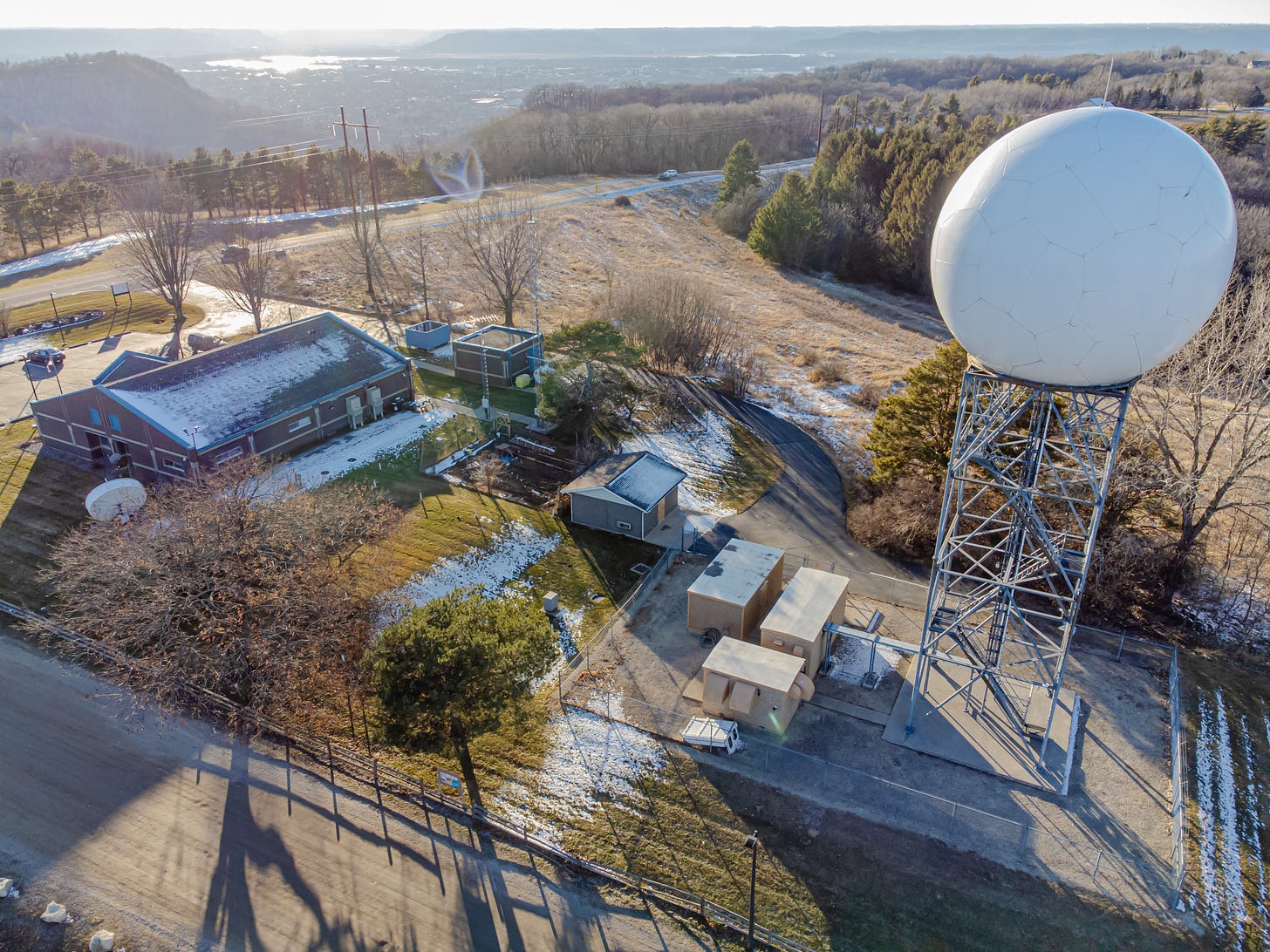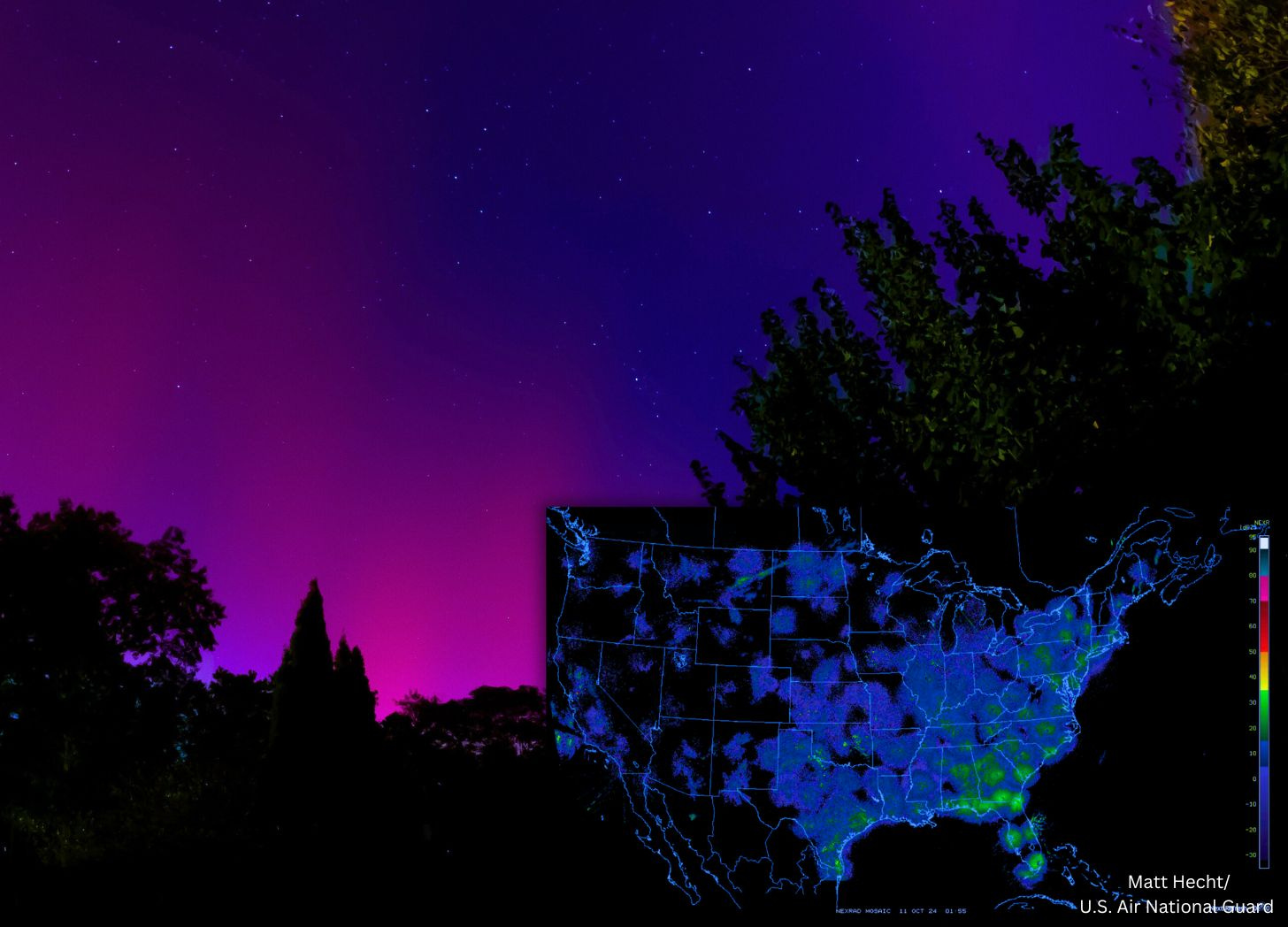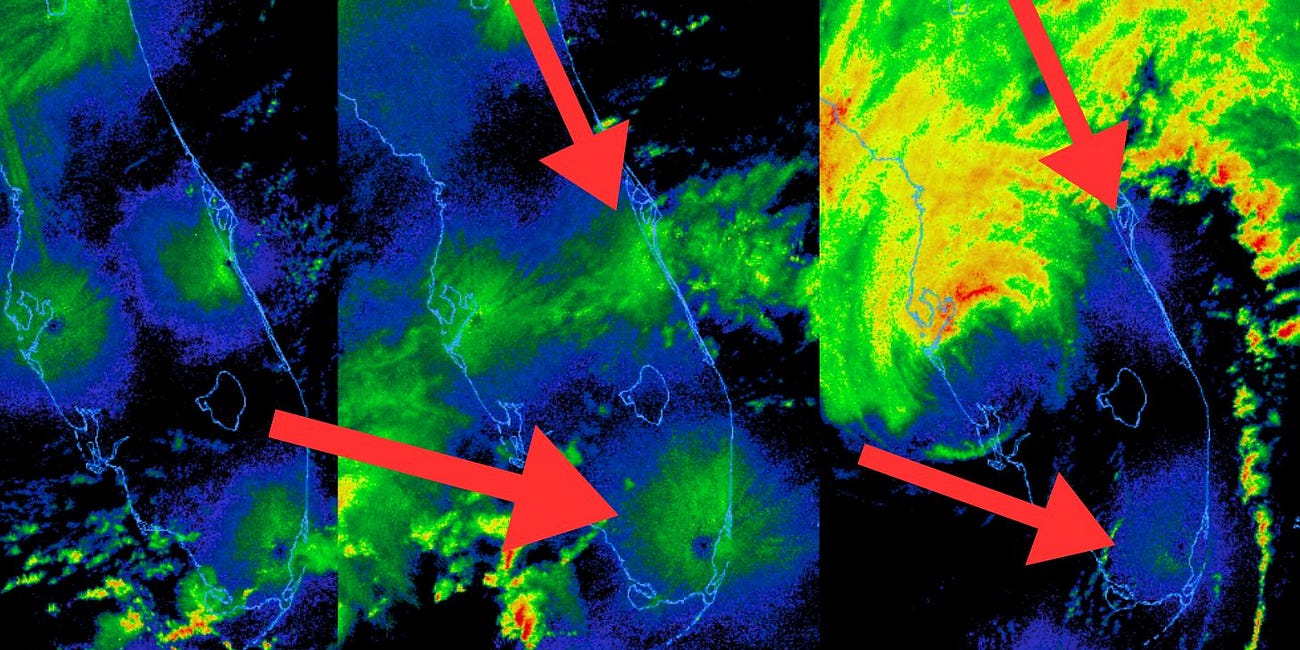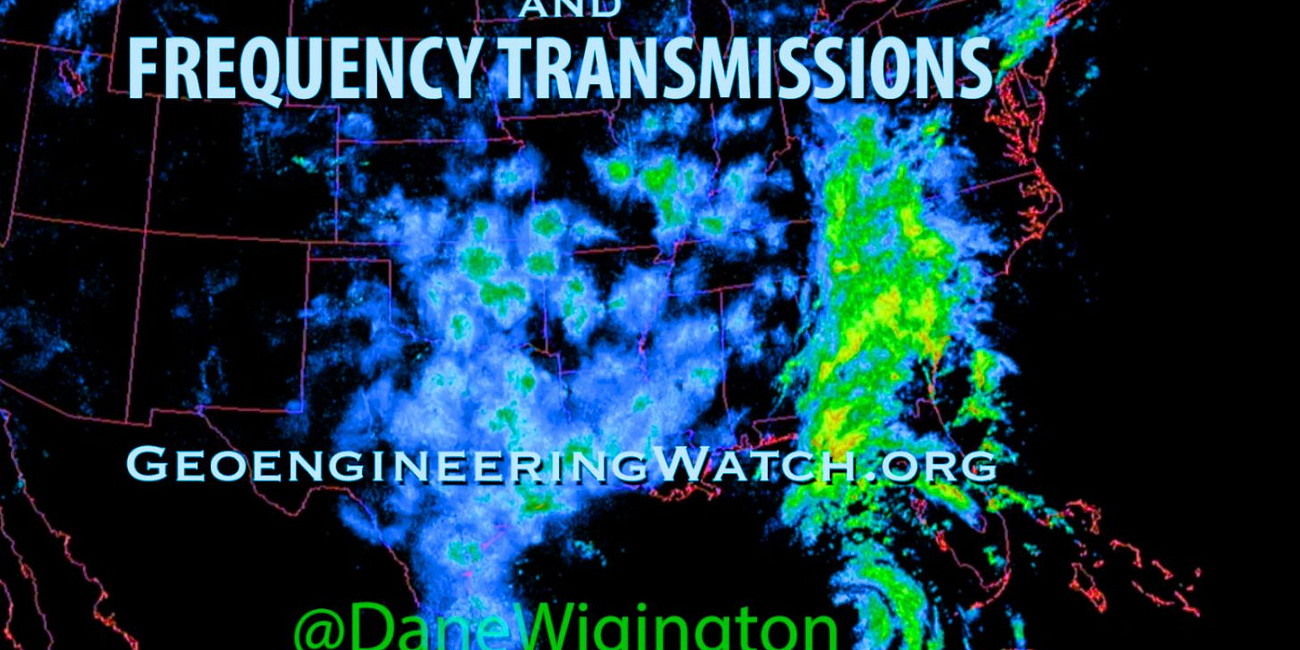Aurora Borealis Sightings Appear Synchronized With NEXRAD Pulses (Video)
NEXRAD radar pulses appear to align with recent aurora borealis sightings, raising questions about whether these powerful emissions are influencing the reach and intensity of the Northern Lights.
Between October 10th and 12th, the Northern Lights (Aurora Borealis) illuminated skies across several U.S. states due to a powerful geomagnetic storm.
This website investigated whether these sightings coincide with radio frequency pulses from NEXRAD stations, exploring if the timing of these light displays might align with NEXRAD’s radar pulses.
Follow Jon Fleetwood: Instagram @realjonfleetwood / Twitter @JonMFleetwood / Facebook @realjonfleetwood
Such an alignment could suggest an interaction between these atmospheric phenomena and the radar emissions, raising questions about their potential influence on the visibility and intensity of the auroras.
Peak visibility of the Northern Lights occurred from approximately 9:30 p.m. to 2 a.m. local time.
States with notable sightings included Washington, Idaho, Montana, North Dakota, Wisconsin, Minnesota, Michigan, New York, and Maine.
During the storm’s peak on October 10th and 11th, auroras reportedly reached as far south as Illinois, Nebraska, Pennsylvania, Ohio, Alabama, and Northern California.
Observers in these states saw colors like green, pink, and magenta lighting up the night sky.

NEXRAD
NEXRAD radar systems, known for their powerful radio pulses, have raised questions regarding potential weather manipulation—especially with anomalies seen during hurricanes Helene and Milton.
Each pulse can reach an effective radiated power (ERP) of 31.6 GW when starting with a 1 MW (1 million watts) peak power and utilizing a 45 dBi antenna gain.
With 159 stations operating across the U.S., each potentially emitting approximately 86 million pulses per day, the combined ERP generated is immense.
This vast output raises questions about the potential cumulative effects of these high-energy pulses, especially when they align with other atmospheric phenomena, such as aurora borealis sightings.
Observers have noted synchronized radar pulses around recent hurricane paths, sparking theories that these signals could influence storm trajectories.
Now, with recent aurora borealis sightings visible far beyond usual latitudes and coinciding with this same NEXRAD pulse activity, it raises a new question: could the radar pulses somehow be linked to the unusual intensity and southern reach of these auroras?
While auroras are said to be triggered by geomagnetic storms from solar activity, it’s worth considering whether the timing and spread of these light phenomena might be related to radar emissions.
If NEXRAD pulses can impact the atmosphere around hurricanes, could they also interact with geomagnetic storms, amplifying or redirecting auroras?
An alignment in timing would be curious and call for closer examination of the relationship between radar emissions and atmospheric phenomena like the aurora borealis.
But did NEXRAD pulses correspond with the timing of the Northern Lights sightings?
Yes.
The below video recording obtained by this website from the College of DuPage (COD) reveals that NEXRAD pulses were emitted between 9:30 p.m. to 2 a.m. local time.
Keep in mind that this radar imaging uses UTC (Coordinated Universal Time), seen at the very bottom of the video, so the times need to be converted to local time zones.
For example, you can see that in Texas, a bright pulse was emitted on the 11th around 2:55 UTC, which converts to 9:55 PM Central Daylight Time (CDT) on the 10th, approximately when northern lights were seen.
In New York and Florida, it would have been 10:55 PM Eastern Daylight Time (EDT) on the 10th, when the video confirms NEXRAD pulses were emitted in the area, corresponding to sighting times.
And in Washington, NEXRAD can be seen firing at 5:55 UTC on the 11th, corresponding to 10:55 PM PDT on the 10th, when aurora borealis was visible in the region.
Follow Jon Fleetwood: Instagram @realjonfleetwood / Twitter @JonMFleetwood / Facebook @realjonfleetwood
NEXRAD Radar Pulses in Florida Weakened as Hurricane Milton Passed, Stoking Weather Manipulation Theories: Video, Still Frame Analysis
In recent days, citizens have scrutinized video footage showing synchronized pulses from the NEXRAD (Next Generation Weather Radar) system, particularly as Hurricane Milton crossed Florida.
Was Hurricane Helene Engineered? Geoengineering Expert's Bombshell Claim of Human Manipulation Behind Deadly Storm (Video)
As the death toll from Hurricane Helene climbs past 100, Dane Wigington, lead researcher at Geoengineering Watch, is questioning whether the storm’s destructive path was a natural event—or manipulated.







I am hearing of more pets than usual having vestibular syndrome(vertigo), and this is not normal in my opinion. It was common to watch for changes in atmospheric pressure to warn of an impending bout of vertigo, but now it is harder to watch. I believe health is being negatively affected by these radar pulses.
In this case correlation may indeed equal causation. Auroras can be manufactured.